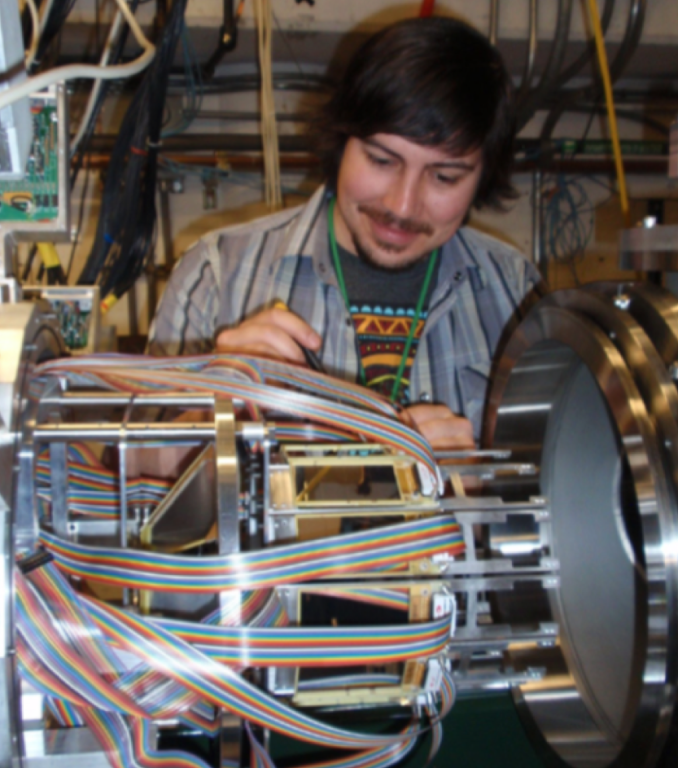
It is essential to determine neutron capture reaction cross sections on heavy unstable nuclei to better understand the rapid neutron capture process in neutron star mergers and in core collapse supernovae. An innovative nuclear spectroscopy technique was benchmarked at the National Superconducting Cyclotron Laboratory (NSCL) at Michigan State University to better determine these cross sections. Researchers compared measurements at high and low beam energies where neutrons are transferred from target nuclei to those in a beam of 86Kr nuclei. Since different beam energy measurements probe different portions of the nuclear interior, the comparison of yields between high and low beam energies provides tighter constraints on the nuclear potential needed to calculate neutron capture. This experiment was the first utilization of the SIDAR and ORRUBA charged particle detector arrays with fast beams from NSCL, and was the first in a series to better understand the cosmic origin of the heavy elements.

